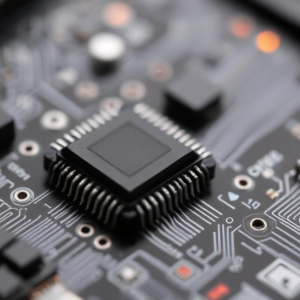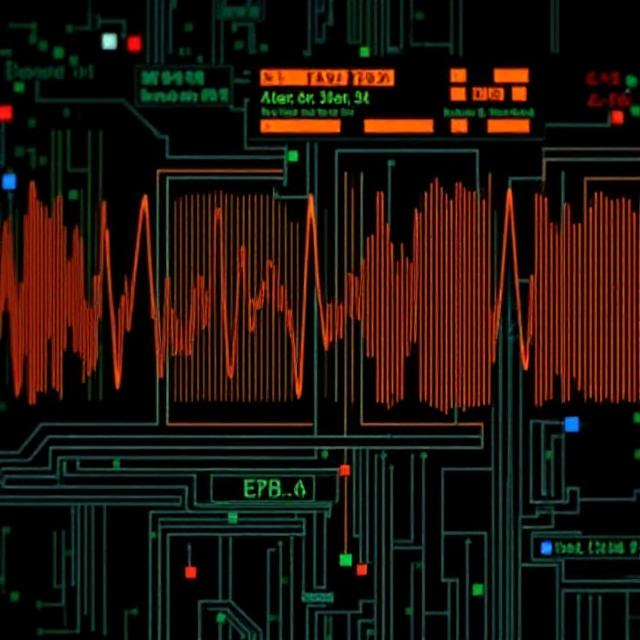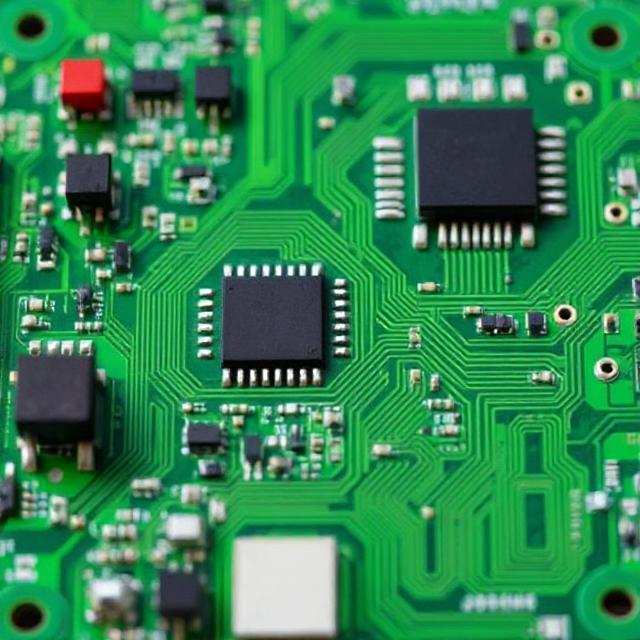Measuring Instruments: An Overview
Measuring instruments are tools used to quantify various physical quantities such as length, temperature, pressure, electrical current, and many more. These instruments play a critical role in everyday life as well as in scientific, industrial, and engineering applications. Below is a detailed explanation of common measuring instruments and their specific uses:

Length Measurement
- Ruler/Tape Measure: Basic tools used to measure the length or distance of objects.
Example: Measuring the length of a table or the height of a person. - Calipers: Used for more precise measurements, particularly for measuring internal or external dimensions of objects (like the diameter of a pipe).
Example: Measuring the thickness of a small object or the depth of a hole. - Micrometer: A highly accurate instrument for measuring small distances, typically in the millimeter or micrometer range.
Example: Measuring the diameter of a wire or the thickness of metal sheets.
Temperature Measurement
- Thermometers: Used to measure temperature. There are different types of thermometers:
- Mercury Thermometer: Measures temperature by expanding mercury in a glass tube.
Example: Used to check body temperature or the temperature of a liquid. - Digital Thermometer: Displays temperature readings on a digital screen, often faster and easier to read.
Example: Used in hospitals or homes to measure body temperature. - Infrared Thermometer: Measures temperature remotely using infrared radiation.
Example: Used to measure the temperature of surfaces, such as a cooking pot or engine. - Thermocouples: Sensors that measure temperature by generating a voltage based on the temperature difference.
Example: Used in industrial settings or ovens for precise temperature control.
- Mercury Thermometer: Measures temperature by expanding mercury in a glass tube.
Pressure Measurement
- Manometer: Measures the pressure of fluids or gases, commonly used in pipes or tanks.
Example: Checking the pressure of water in a pipe or air in a tire. - Barometer: Measures atmospheric pressure.
Example: Used in weather forecasting to predict changes in weather patterns. - Pressure Gauges: Measure the pressure of gases or liquids within a system.
Example: Used to monitor the pressure of air in a compressor or the pressure in a steam boiler.
Electricity and Voltage Measurement
- Multimeter: A versatile tool that measures voltage, current, and resistance in electrical circuits.
Example: Used by electricians to check the voltage of a battery or the current in a circuit. - Ammeter: Measures the current (flow of electricity) in a circuit.
Example: Used to check how much current is flowing through a device. - Voltmeter: Measures the voltage (electrical potential difference) between two points in a circuit.
Example: Used to check the voltage in a power supply or battery. - Ohmmeter: Measures resistance in a circuit.
Example: Used to check if a resistor is functioning properly. - Oscilloscope: Displays the voltage waveforms of electrical signals, helping to analyze fluctuations in electrical currents over time.
Example: Used to analyze signals in electronics or troubleshoot electrical circuits.
Time and Speed Measurement
- Stopwatch: Measures the amount of time it takes for an event to occur.
Example: Used in sports to time how long a runner takes to complete a race. - Speedometer: Measures the speed of a moving object, such as a car.
Example: Found in vehicles to display how fast the car is moving. - Tachometer: Measures the rotational speed of a machine or engine.
Example: Used in cars or machines to monitor how fast the engine is spinning.
Flow Measurement
- Flow Meter: Measures the flow rate of liquids or gases.
Example: Used in water treatment plants to measure how much water flows through pipes. - Rotameter: A type of flow meter that measures the flow of gas or liquid by observing the rise of a float in a tapered tube.
Example: Used in laboratories to measure the flow of air or other gases.
Force Measurement
- Spring Scale: Measures force or weight by stretching a spring based on the applied force.
Example: Used in schools or laboratories to measure how much force is needed to pull an object. - Load Cell: Measures force, usually in the form of weight.
Example: Used in weighing scales or industrial machinery to measure load capacity.
Distance Measurement
- Laser Rangefinder: Uses a laser beam to measure the distance to an object.
Example: Used by surveyors or in construction to measure long distances. - Ultrasonic Sensor: Measures distance using sound waves.
Example: Used in parking sensors of cars to detect how close an object is to the vehicle.
Humidity and Light Measurement
- Hygrometer: Measures the humidity or moisture level in the air.
Example: Used in greenhouses or weather stations. - Lux Meter: Measures the intensity of light.
Example: Used to measure light levels in a room or outdoors to ensure proper lighting.
Summary
Various measuring instruments are designed to measure physical quantities such as length, temperature, pressure, electrical properties, force, time, and more. Each instrument is intended for a specific application to ensure accurate and reliable readings:
- Rulers and Calipers: For measuring length.
- Thermometers: For measuring temperature.
- Manometers and Pressure Gauges: For measuring pressure.
- Multimeters: For measuring electricity.
- Stopwatches: For measuring time.
- Flow Meters: For measuring flow.
- Load Cells: For measuring force.











